Rebecca Wojturska from Dalgety Bay was just 12 years old when she developed anorexia.
As the Scottish Government’s consultation on calorie labelling closes, Rebecca shares her experience and the impact plans could have on those with eating disorders.
The public have been asked for their views on proposals to make calories on menus mandatory in food outlets such as takeaways, restaurants and hospitals as part of Scotland’s obesity strategy.
But Rebecca feels this is not the answer – and it could cause real harm to those with eating disorders and those in recovery.
Rebecca, 32, says it is difficult to pinpoint the reasons she developed the condition, but she didn’t get treatment for anorexia until she was 22.
“I had 10 years, fluctuating in severity, and then went into out-patient treatment for a couple of years,” she explains.
“Like a lot of people who have the condition I was a bit of an over-achiever so I went to university three times.
‘Pretending it wasn’t happening’
“I was working and supporting myself through my studies and had to resit exams and lost a job because of my condition and its impact.
“I spent all that time pretending it wasn’t happening and throwing myself into anything but looking after myself.
“People often don’t see being underweight as a red flag because it’s ingrained in our culture that women would be dieting or are supposed to be on the thinner side.
“It was only when I became severely underweight people thought ‘OK she has anorexia’ and I started the treatment.”
Rebecca, a publishing officer, recalls a difficult experience in a restaurant which she feels could become a familiar one for others if calories on menus become mandatory.
“It has the potential to be devastating,” Rebecca continues.
‘Panic mode’
“Even though I consider myself fully recovered and have been for a few years, I went to a restaurant which had calories on the menu.
“And I almost went into panic mode.
“I was with colleagues and discreetly asked the waiter if he had a menu without calories on it. Luckily they did and they brought me one without calories listed.
“That meant I was able to look and eat. Otherwise I thought I’d have to leave or pretend I’m not hungry, or ask someone to read the menu out to me, which would have been embarrassing.
“I was lucky they had another menu. But many people would not be able to cope in the situation.
“I don’t think calories should be listed on menus at all. In a recent Beat survey 95% of people affected by eating disorders say this will negatively impact them,” Rebecca continues.
“A lot of recovered people will tell you it isn’t one moment where you’re recovered and that’s it.
“Recovery is very much dependent on boundaries you have in place. One of those is not counting calories because it is such a toxic thing I was engaged in.
“If I let myself start doing that again, it is a slippery slope.
‘Fat phobia’
“I don’t weigh or measure myself. I went to a bridesmaid fitting the other day and I asked the assistant not to tell me my measurements, which she didn’t.
“Sticking to boundaries is what ensures you continue being recovered.”
Rebecca also believes reducing nutrition to calorie counting is a ‘very simplistic and lazy way’ for governments to do what they think is tackling obesity.
“It’s actually rooted in fat phobia,” she explains. “Instead we should be tackling education in nutrition in a deeper and more meaningful way.
“So, teaching kids at school about healthy body image, nutrition and different body types would help.
“Saying ‘some people are fat and some are thin, that’s not a good or a bad thing’ would start to change the culture in early childhood.
School nurse
“I was 12 when I was ill and was sent to the school nurse because I wasn’t eating. And she weighed me, measured me, gave me my BMI – all these tools to measure myself.”
A Scottish Government spokesperson said: “We take eating disorders seriously and will fully consider all consultation responses in relation to them.
“We recognise this is an opportunity to identify potential unintended consequences, and any necessary mitigation measures, should mandatory calorie labelling be introduced.
“The consultation remains open until July 1 and we would encourage all those with an interest to take part and share their views.”
- If you’re worried about your own or someone else’s health, you can contact Beat, the UK’s eating disorder charity, 365 days a year on their Scottish helpline at 0808 801 0432 or via Scotlandhelp@beateatingdisorders.org.uk
- You can also get local support from Fife charity, SupportED.
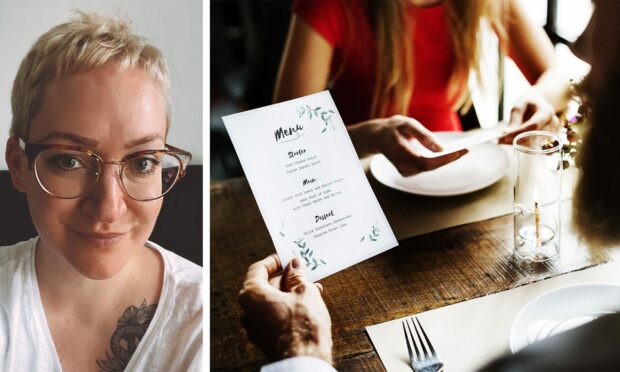
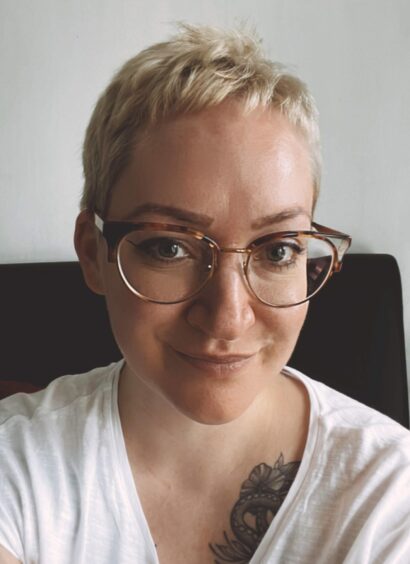
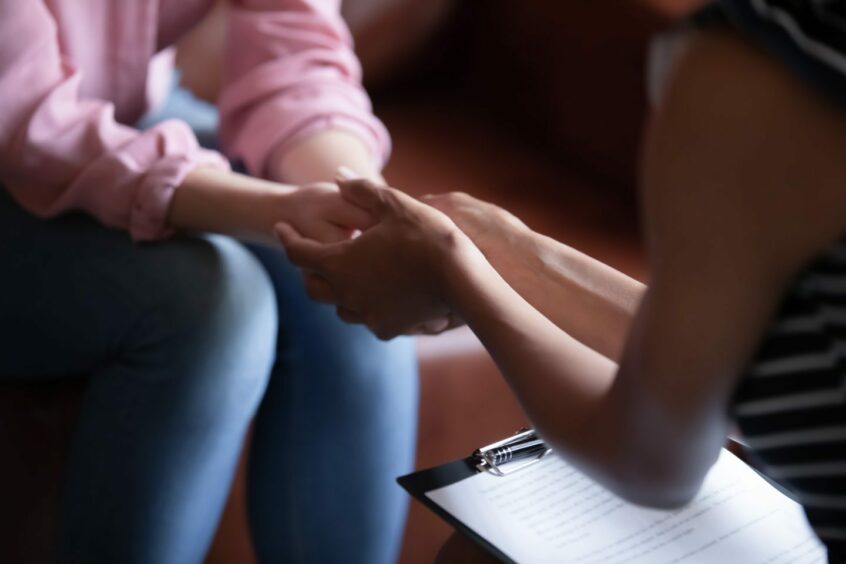
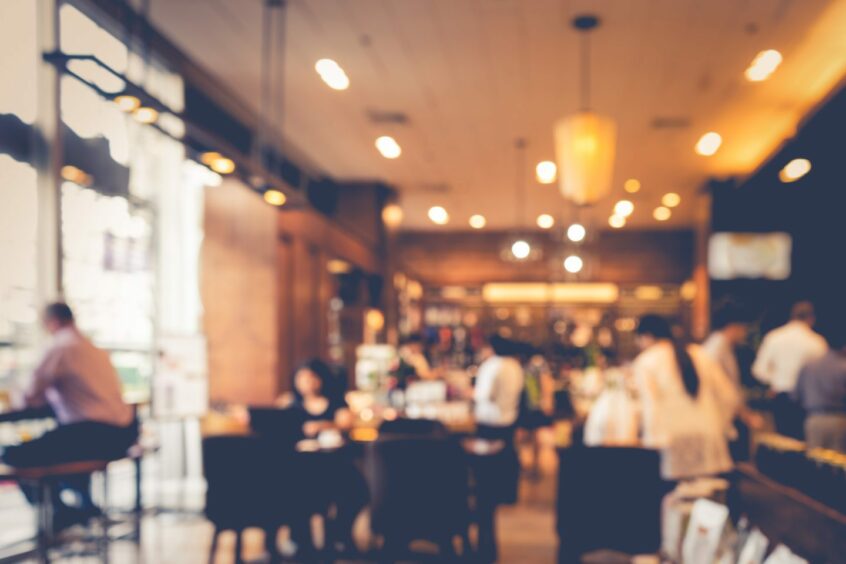
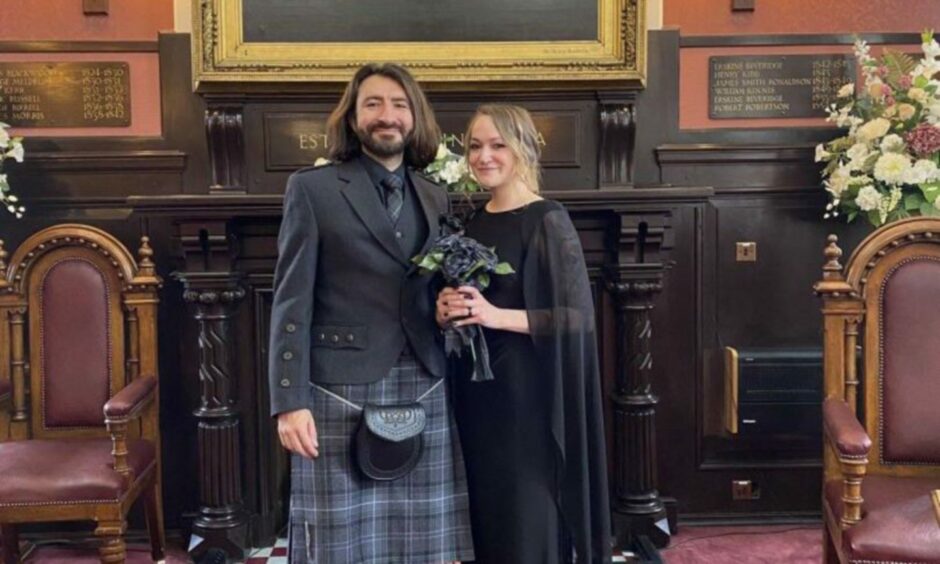


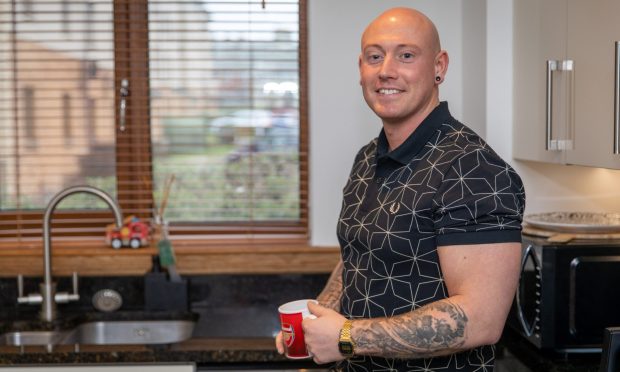
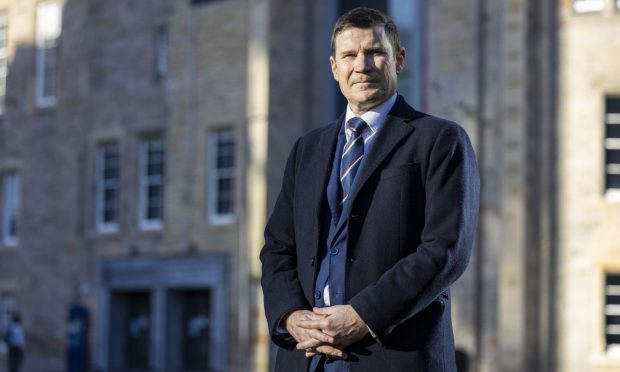
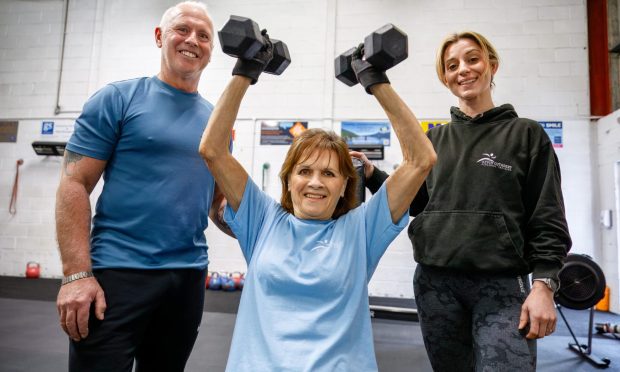
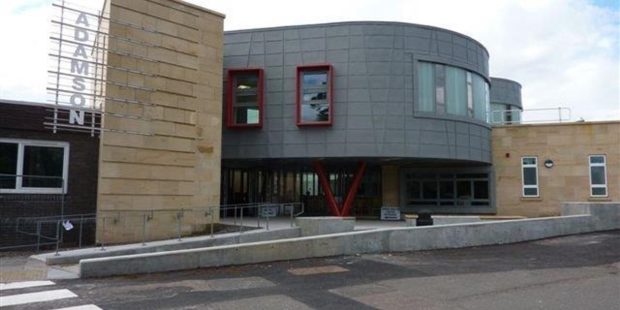
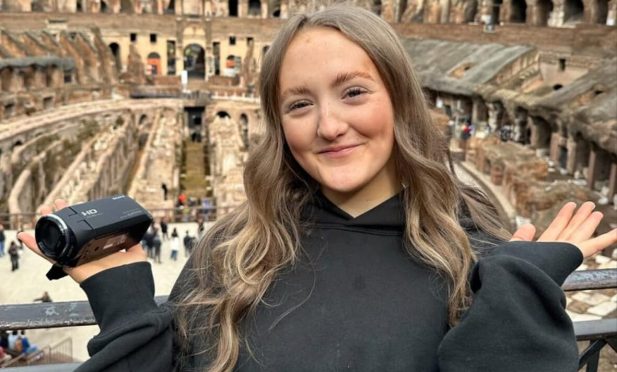
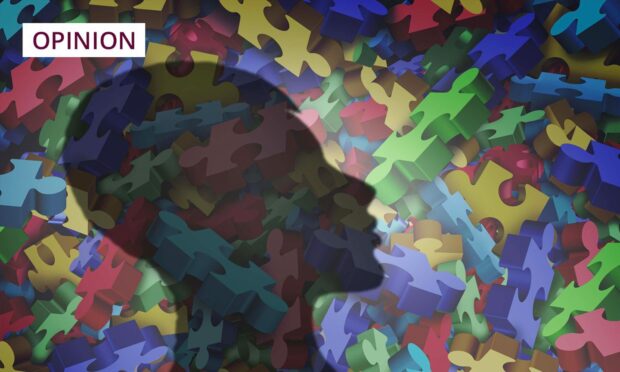
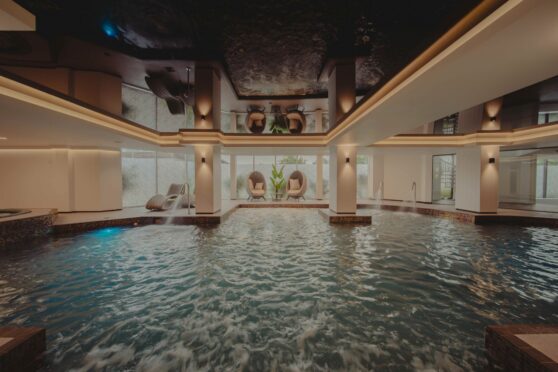
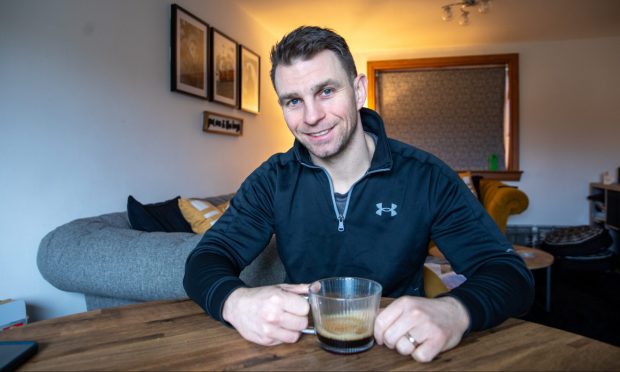

Conversation